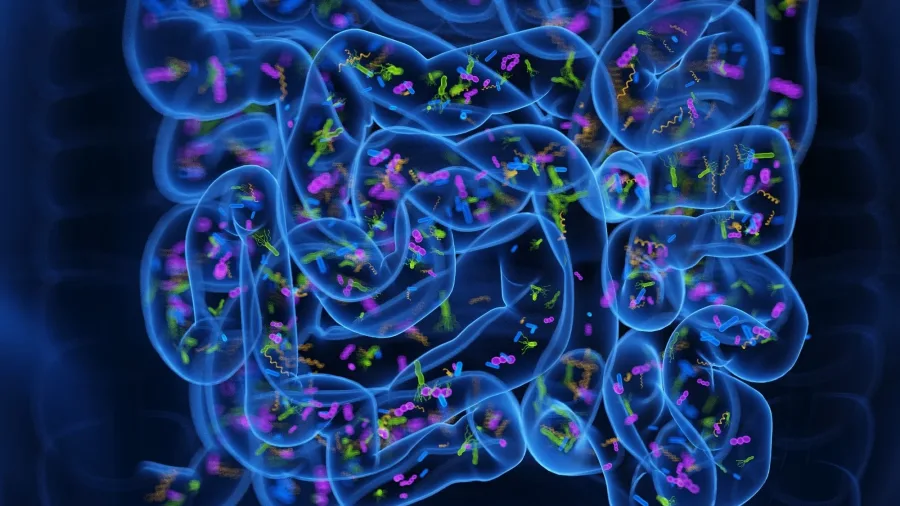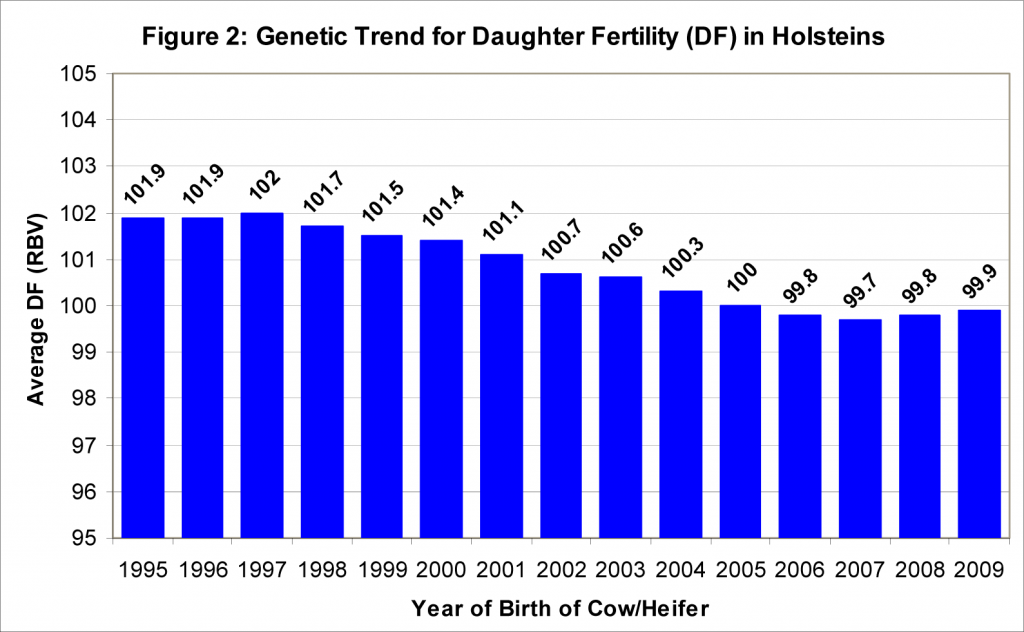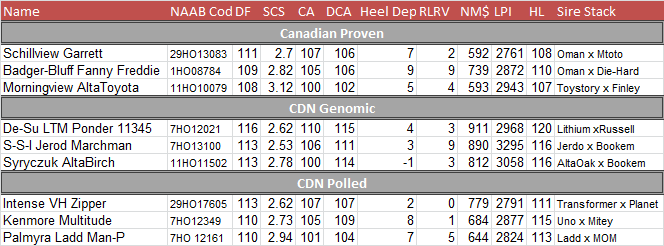Uncover AI’s impact on heat detection in dairy farming. Can tech improve your farm’s efficiency and profits? Dive into the future of dairy today.
Consider a future in which dairy production is a precise science based on real-time data rather than guesswork. That is the potential of artificial intelligence in transforming heat detection—a critical component of efficient dairy management. As we reach an era when AI takes center stage, are we ready to accept this technological transformation that will reinvent production and efficiency on our farms? In the future, AI will be more than a tool; it will be a vital companion in the barn.
The Evolution from Eyeballs to Algorithms: Navigating Heat Detection’s High-Tech Future
Historically, heat detection in dairy production requires excellent eye observation. Farmers depended on their intuition and experience to identify indicators of a cow in heat, such as mounting behavior or tail flicking. However, as anybody extensively involved in our sector will tell you, this strategy is complex.
First, let’s discuss the statistics. Studies have shown that missing heat might cost between $64 and $86 per cow after 120 days in milk. This is not just chump change. These expenditures may rapidly increase for larger farms and substantially influence the bottom line.
In terms of more giant farms, herd numbers have increased. As a result, each employee’s capacity to effectively detect heat has decreased. Today, the typical dairy farmer maintains more cows than ever per employee, unlike when smaller operations allowed for more personalized care. So, what is the remedy here, you could ask?
Add to this the biological aspect of the equation: current high-yielding cows have shorter heats due to extensive breeding for productivity qualities. The window for heat detection has shrunk, complicating problems further.
Given the complications, classic stick-and-watch systems are rapidly becoming outdated. Visually monitoring estrous days without technology assistance is like looking for a needle in a haystack, mainly when larger-scale efficiency and production are at stake. Isn’t it time we relied on creativity to overcome these gaps?
Heat Detection: The Untapped Potential of AI and Advanced Tech in Dairy Farming
Imagine a future where missing the indications of a cow in heat is a thing of the past. Welcome to the future of dairy farming, where artificial intelligence (AI) and sophisticated technologies are revolutionizing heat detection. Companies such as Nedap, DeLaval, and smaXtec are driving this shift. They reduce your burden and improve the accuracy of determining ideal breeding periods using cutting-edge techniques.
Nedap’s uniqueness is its capacity to monitor cow activity 24 hours a day, seven days a week, recording behavioral indicators such as sniffing and chin rubbing. Its real-time alerts guarantee you never miss a heat cycle, reducing needless labor and increasing breeding success rates.
DeLaval’s DeepBlue AI system goes a step further. Analyzing individual cow behaviors and movement patterns provides exact predictions for impending heat. With DeLaval Repro’s hormone tracking, even quiet heat may be detected, allowing quicker treatments and shorter calving intervals.
Then there’s smaXtec’s solution, which integrates the technology inside the cow. Using a bolus that analyzes internal temperature and behavior, smaXtec detects heat and forecasts the ideal breeding windows. This proactive approach reduces expenses and improves fertility control, while AI-driven insights predict health risks before they worsen.
These firms are changing the face of dairy farming. AI is more than a tool; it’s a game changer, simplifying operations and increasing herd production to unprecedented levels. Are you prepared to accept this technological leap?
Real-Life Revolution: How Advanced Herd Management Systems Are Redefining Dairy Efficiency
When considering sophisticated herd management systems such as smaXtec, real-world deployments give the most persuasive proof of their effectiveness. Ryan Schleis of Schleis Farms LLC in Wisconsin has personally experienced how smaXtec changes dairy farms. With 550 cows to control, introducing additional Brilliant in May 2023 represented a watershed moment in animal health management. “Reproduction on the farm has been a game changer since installing smaXtec,” Schleis shares. The system’s capacity to identify cystic and non-cycling cows early has resulted in fewer days open, increasing milk output economically. Furthermore, unanticipated advantages, such as a 60-70% decrease in straw needed for calving pens, have emerged, demonstrating operational economies that Schleis had not anticipated. “SmaXtec has helped make day-to-day life on the farm easier,” he says, stressing the reduced effort and higher quality of life.
Amber Horn manages Hornstead Dairy Farm in Wisconsin, and the narrative is transforming similarly. With 2100 cows, Hornstead’s cull rates dropped dramatically with the installation of smaXtec in 2022. Their mortality rate has dropped by 37.5%, resulting in an impressive 7.8 ROI from cull rate improvements. Amber believes the temperature monitoring function is a game changer. It promotes preventive treatment by quickly identifying inflammation or metabolic abnormalities, resulting in healthier cows and fewer early lactation losses. The financial benefit is also significant, with savings reaching $500,000 in their replacement program, demonstrating how smaXtec promotes long-term sustainability without requiring further replacements.
Finally, Schleis and Hornstead’s examples show how investing in technologies like smaXtec can revolutionize farm management strategies. These systems provide tangible and positive results and will pave the way for future dairy innovations.
Counting the Cost: How AI is Transforming Dairy Farm Economics
The economic implications must be considered when incorporating AI-driven heat detection systems into dairy farming. Let’s be honest: farming is no easy task and every penny matters. The influence of these advanced technologies extends beyond upgrading agricultural techniques to enhancing the dairy business’s economic model.
The statistical research supports these benefits. Research published in the Journal of Dairy Science found that farms using AI heat detection systems witnessed a 20% increase in heat detection rates and a 10% decrease in days open. These enhancements surely strengthen the bottom lines.
It’s like having a financial expert implanted in your dairy operations, constantly modifying and boosting production and efficiency. Investing in these systems may provide significant returns, with some farms reporting payback times of less than two years because of higher conception rates and lower insemination expenses. In an industry where margins may be thin, this technology integration is more than simply an improvement; it’s a game changer.
Facing the Future: Cost, Learning, and Cultural Shifts in AI Adoption
Implementing AI technology in dairy farms is exciting and complex. One of the most pressing challenges is the upfront expense. Advanced hardware and software systems are costly and can require significant financial investments. This might be intimidating for many farmers, especially those with small—to medium-sized holdings. To alleviate this, consider obtaining government grants or subsidies to stimulate technological innovation in agriculture and examine lease alternatives or payment plans provided by technology companies to lower expenses.
Beyond money, there is the learning curve. Those who like traditional farming’s hands-on approach may sometimes find technology a foreign language. Systems such as AI require training and a certain amount of technological competence, both of which may be scary. To remedy this, businesses may provide extensive training programs and continuous assistance to farmers. Fostering peer support networks within the agricultural community may help farmers share information and provide practical assistance.
Then there’s the opposition to change, which is not unusual in any traditional sector. Farming includes ceremonial features; integrating AI is similar to signaling a cultural transition. Overcoming this needs a planned strategy that emphasizes education and practical advantages. Testimonials and case studies from other farmers who have successfully embraced AI may be adequate motivators. Encouraging modest, incremental deployments allows farmers to see the advantages directly without the overwhelming commitment of an all-or-nothing strategy.
Finally, the transition to AI-powered dairy production depends on a combination of financial methods, instructional assistance, and progressive transition periods. We can improve agricultural output and empower farmers to embrace the future by tackling these obstacles.
Imagining Tomorrow: AI as a Partner in Dairy Farming
Let’s fast-forward a decade or two. Consider a dairy farm where AI is a full-fledged operational partner rather than a technology. As artificial intelligence in agriculture gains traction, the dairy farming environment is expected to shift significantly. AI is set to transition from an auxiliary function to a fundamental element of everyday farm management for heat detection. Future technologies may autonomously forecast ideal breeding periods and whole reproductive lifecycles, allowing farmers to construct long-term fertility strategies with unprecedented accuracy.
But AI’s function will not end at heat detection. Consider the more extensive uses, which include monitoring cow health, optimizing feed, and enhancing overall animal welfare. AI systems might examine massive volumes of data worldwide, revealing previously inconceivable insights. Farms may use machine learning to enhance every part of their operations, including forecasting disease outbreaks, decreasing waste, and even altering climatic conditions to suit animal comfort. It is about revealing relationships between unseen data points to the human eye.
As a result of this progress, AI will play an essential role in data analysis and issue resolution on farms. As algorithms learn and develop, they will identify problems and provide solutions. Instead of responding to difficulties, dairy producers may anticipate and alleviate them, increasing production and sustainability. The future will be about developing more inventive, efficient dairy farms that are better for the animals and the humans who run them.
The Bottom Line
The transition from conventional eye heat detection to advanced AI-powered systems represents a considerable advancement in dairy farming. As previously discussed, firms like Nedap, DeLaval, and smaXtec are pioneering these improvements, providing solutions that minimize human effort while improving heat detection accuracy and overall herd management. These technologies increase fertility rates and productivity, allowing farmers to make more informed choices that may result in financial savings and a lower carbon impact. AI has the potential to significantly transform how data is utilized on farms, providing even more accurate treatments and greater animal welfare in the future.
Examine how these AI improvements may integrate into your farm’s operations as technology advances. Could using artificial intelligence improve your herd’s fertility management? What difficulties do you see? We urge you to share your ideas and experiences using AI technology in the comments box below. Participating in this debate might bring valuable insights as we all navigate the future of dairy farming.
Key Takeaways:
- The integration of AI in dairy farming is transforming traditional heat detection, creating more efficient and reliable farm operations.
- Innovative companies like Nedap, DeLaval, and smaXtec leverage technology to streamline workflows, provide real-time insights, and optimize breeding times.
- AI-based systems offer early detection of heats, even silent ones, and help to manage fertility disorders, leading to improved pregnancy rates and reduced intervention needs.
- With advanced herd management systems, farmers receive precise notifications for breeding and calving, enhancing productivity and lowering costs.
- The future of dairy farming suggests an increased role for AI, promising further enhancements in efficiency, cost reduction, and animal welfare.
Summary:
In the ever-evolving world of dairy farming, heat detection has transitioned from farmers’ watchful eyes to the sophisticated realm of artificial intelligence. As global production demands escalate, farmers increasingly rely on tech solutions like automated detection systems, bolus technology, and herd management software to enhance fertility rates while decreasing labor costs. Companies such as Nedap, DeLaval, and smaXtec are at the forefront, providing tools that promise efficiency and improved productivity. AI enhances detection accuracy, supports sustainable farming by optimizing breeding schedules, and identifies fertility disorders early, making it an essential daily operations partner. These firms are transforming dairy farming into a realm where AI isn’t just a tool but a game changer, simplifying processes and boosting production to new heights.
Learn more:
- Dairy Farming 2.0: Harnessing AI for Efficiency, Health, and Future Sustainability
- The Power of AI: Revolutionizing Dairy Industry with Smart Cows and Farms
- Embracing the Future: The Latest Innovations in Dairy Technology and their Impact on the Industry
 Join the Revolution!
Join the Revolution!
Bullvine Daily is your essential e-zine for staying ahead in the dairy industry. With over 30,000 subscribers, we bring you the week’s top news, helping you manage tasks efficiently. Stay informed about milk production, tech adoption, and more, so you can concentrate on your dairy operations.







 Join the Revolution!
Join the Revolution!








